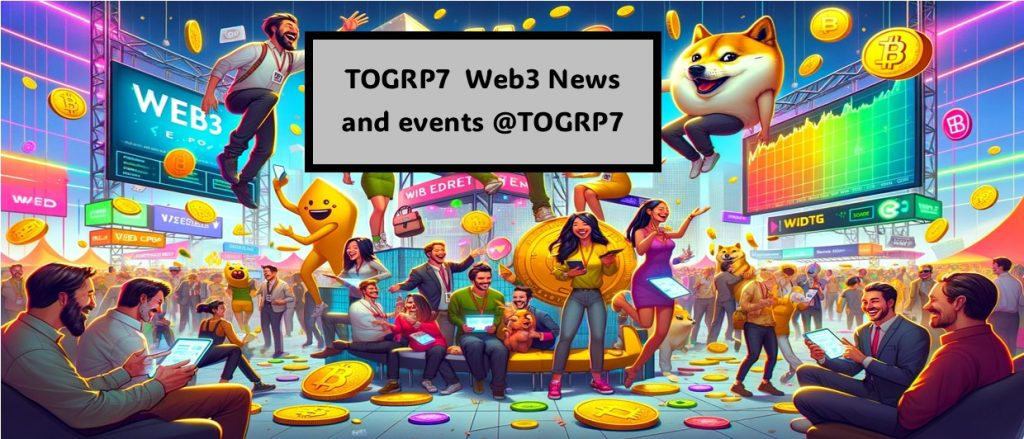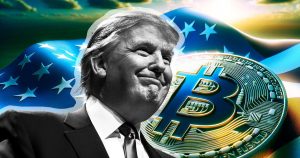Ron DeSantis Bows Out of Presidential Race: A Closer Look at the CBDC Ban Advocate’s Journey

In the rapidly evolving world of politics and digital currency, recent news has struck a chord in the heart of the American political landscape. Ron DeSantis, a staunch advocate for banning Central Bank Digital Currencies (CBDCs), has made a surprising exit from the U.S. presidential race. This decision marks a pivotal moment, not only in his political career but also in the ongoing debate surrounding digital currencies and their place in the modern financial system.
Who is Ron DeSantis?
Early Career and Rise to Prominence
Before delving into the implications of his withdrawal, let’s understand who Ron DeSantis is. Rising from a modest background, DeSantis carved a niche for himself in American politics with his sharp intellect and steadfast opinions.
Political Ideology and Stance on CBDCs
His conservative ideology, especially his strong opposition to CBDCs, has been a cornerstone of his political identity. DeSantis argues that CBDCs pose a threat to the traditional financial system and individual privacy – a viewpoint that has resonated with many of his supporters.
The Presidential Race and DeSantis
The Campaign Trail
DeSantis’s journey in the presidential race was marked by fervent campaigning and a focus on digital currency policies. His stance on banning CBDCs was not just a policy position; it was a statement about the future of financial sovereignty in America.
The Shocking Withdrawal
His sudden withdrawal from the race has left many questioning the future of CBDCs in the U.S. and the implications for the global financial system. What prompted this unexpected decision? And what does it mean for the future of digital currencies?
The Impact of DeSantis’s Withdrawal
On the Political Landscape
DeSantis’s exit reshapes the political battleground. It opens up the field for other candidates with differing views on digital currencies, potentially altering the course of the U.S. approach to CBDCs.
On the CBDC Debate
This move also intensifies the debate around CBDCs. Will his withdrawal slow down the momentum against CBDCs, or will it galvanize his supporters to push harder for his vision?
Digital Currency: Understanding CBDCs
What Are CBDCs?
To fully grasp the impact of DeSantis’s stance, we need to understand CBDCs. These digital currencies, issued by central banks, represent a new frontier in the financial world.
The Global Perspective on CBDCs
Globally, nations are divided on the adoption of CBDCs. Some view them as a step towards financial innovation, while others, like DeSantis, see them as a threat to financial freedom and privacy.
The Future Without DeSantis
The Political Ramifications
DeSantis’s absence from the race leaves a void in the anti-CBDC movement. Who will step up to fill this gap, and how will it affect future policies?
The Continued Debate Over CBDCs
The debate over CBDCs is far from over. With or without DeSantis, this conversation will continue to shape the future of digital currencies and their role in society.
Ron DeSantis’s exit from the U.S. presidential race is more than just a political headline; it’s a turning point in the ongoing dialogue about digital currencies. His staunch opposition to CBDCs has highlighted the complexities and potential risks associated with these digital assets. As we move forward, it’s crucial to continue this conversation, weighing the pros and cons of CBDCs in shaping a financially inclusive and secure future.
FAQs
- Why did Ron DeSantis withdraw from the presidential race? The specific reasons behind DeSantis’s withdrawal are not entirely clear, but it marks a significant shift in the political and digital currency landscapes.
- What are CBDCs, and why is there a debate around them? CBDCs are digital currencies issued by central banks. The debate centers around their impact on financial sovereignty, privacy, and the traditional financial system.
- How will DeSantis’s withdrawal affect the U.S. approach to CBDCs? His withdrawal could lead to a more open debate and possibly a shift in policies regarding the adoption of CBDCs in the U.S.
- Who is likely to fill the void left by DeSantis in the anti-CBDC movement? It’s uncertain who will emerge as the new leader of the anti-CBDC movement, but it’s likely to be a figure with similar conservative and financial values.
- What does the future hold for digital currencies in the U.S.? The future of digital currencies in the U.S. remains uncertain but is sure to be a hot topic in the upcoming political discourse and policy-making.





